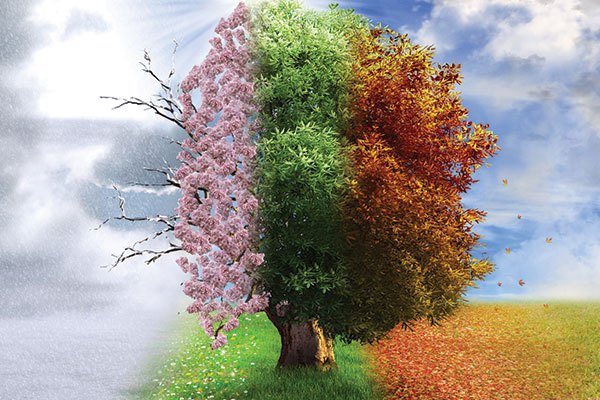- Vivaldi The Four Seasons Recomposed By Max Richter
- Vivaldi And The Four Seasons
- Vivaldi And The Four Seasons Band
- Vivaldi Four Seasons Spring Analysis
The Four Seasons It is ironic that The Four Seasons, some of the best-known music of all time, remain an enigma. Several interrelated questions need to be answered before a reasonably complete view of Vivaldi’s actions can ever be reached. When were the sonnets written, and by whom? This recording of the Four Seasons is actually an extract from an other album published by L'Oiseau Lyre which includes the complete concertos of Op.8. You can find the complete recording here (Vivaldi: Il Cimento dell' Armonia e dell' Inventione - 12 Concertos, Op. 8, including The Four Seasons). However, contrary to the present recording, the complete recording of Op.8 is not published anymore, so you'll.
Below are the words behind ‘Spring’ the first of Antonio Vivaldi’s ‘Four Seasons’ where each ‘Season’ consists of a three-movement concerto. The words form a sonnet and Vivaldi created a sonnet for each season prior to musical composition.
La Primavera (Spring)
Opus 8, No. 1, in E Major
I. Allegro—
Festive Spring has arrived,
The birds salute it with their happy song.
And the brooks, caressed by little Zephyrs,
Flow with a sweet murmur.
The sky is covered with a black mantle,
And thunder, and lightning, announce a storm.
When they are silent, the birds
Return to sing their lovely song.
II. Largo e pianissimo sempre—
And in the meadow, rich with flowers,
To the sweet murmur of leaves and plants,
The goatherd sleeps, with his faithful dog at his side.
III. Danza pastorale. Allegro—
To the festive sound of pastoral bagpipes,
Dance nymphs and shepherds,
At Spring’s brilliant appearance.
I. Allegro— to play fast, quickly and bright … Zephyr = a soft gentle breeze … the underlying theme is ‘bird song’ before and after a spring storm
II. Largo e pianissimo sempre— slow, to be played softly and sustained throughout … the sleeping goatherd and the murmur of nature marry nicely
Vivaldi The Four Seasons Recomposed By Max Richter
III. Danza pastorale. Allegro—ending in fast, bright dance of nature … with visions of nymphs( = the spirit of nature as a young maiden) and shepherds in festive mood
We rarely read the words before listening to the music. I think they are well reflected in the musical composition. Below are Youtube links to each of the above components for comparison.
Vivaldi And The Four Seasons
I. Allegro
II. Largo e pianissimo sempre
III. Danza pastorale
Vivaldi And The Four Seasons Band
The Four Seasons, composed in 1723, is one of Baroque legend Vivaldi's most famous works for violin. Here's a very special performance of one of the movements, from one of Europe's top chamber orchestras.

We usually associate Vivaldi with Venice and the Italian sun. However, an orchestra has taken 'Winter' from The Four Seasons and turned it into something quite different.
The Arctic Philharmonic Chamber Orchestra decided to perform this masterpiece in one of the most northern places on Earth, Telegrafbukta, Tromsø, deep above the Arctic Circle in Norway. The orchestra's Artistic Director and star violinist Henning Kraggerud performs the solo passages in a separate shot, filmed in the snow, ice and magical arctic light.
There's much more from the Arctic Philharmonic on their YouTube channel (the sound engineer for this incredible video was Asle Karstad, the video creator and editor was Håvard Bilsbak).

More about these incredible concertos...
Vivaldi wrote so many concertos that, much like Haydn and his symphonies, he tended to resort to nicknames rather than numbers, for ease. Each concerto of his Four Seasons corresponds to a different season – so it's easy to guess how he nicknamed this particular work.
Vivaldi Four Seasons Spring Analysis
The music is accompanied by beautiful Italian sonnets, possibly written by Vivaldi himself after he was inspired by painter Marco Ricci's paintings of the seasons. It's even customary in some concerts that a narrator reads the poems before the performance, to bring the musical story to life.
Listen out for the texture of the music representing winter, with the high-pitched plucking from the strings sounding a bit like cold and icy rain. There are also more descriptive labels dotted throughout the movements: the second movement of Spring is part-labelled 'the barking dog', while one section of Autumn says 'the drunks have fallen asleep'. You might even hear a passionate thunderstorm in Summer, with the balmy music representing a warm August evening.

